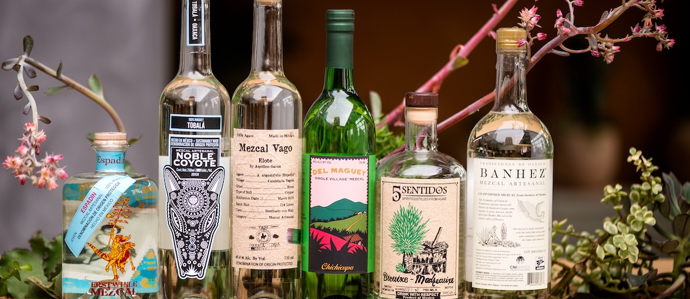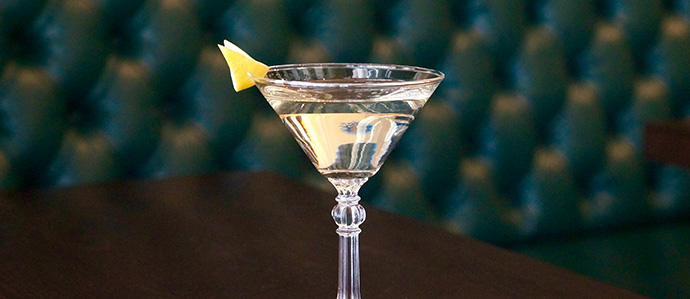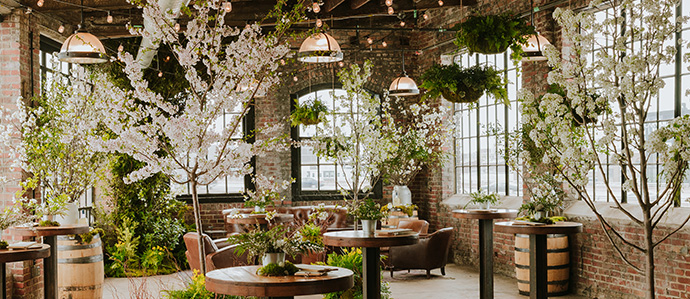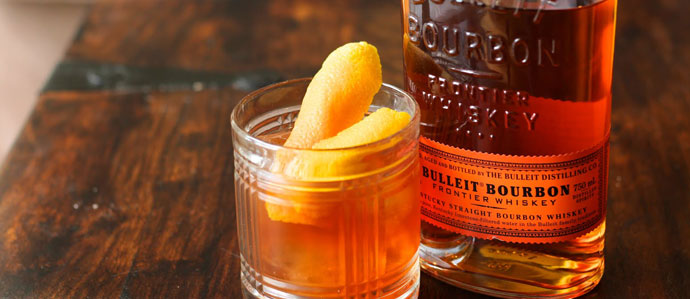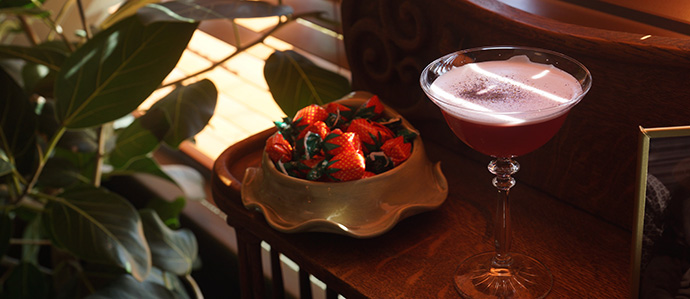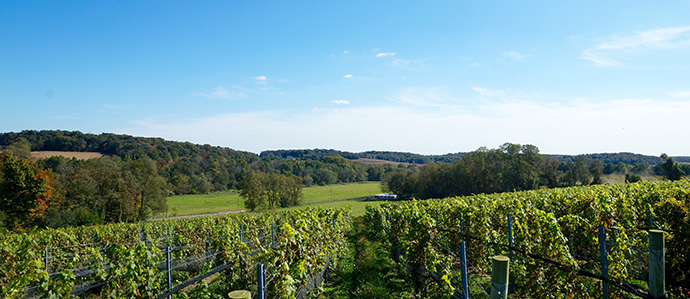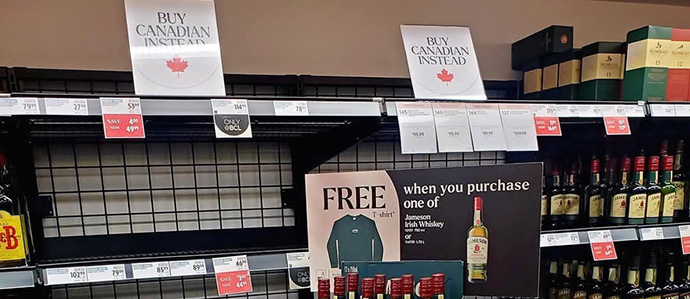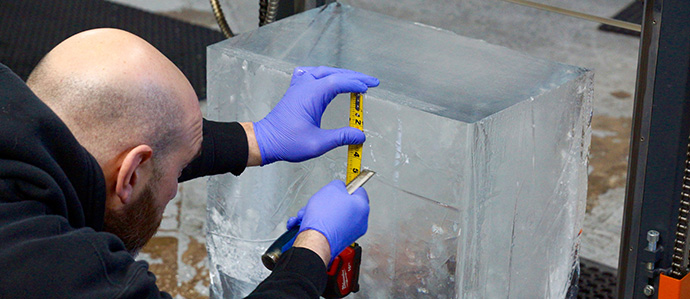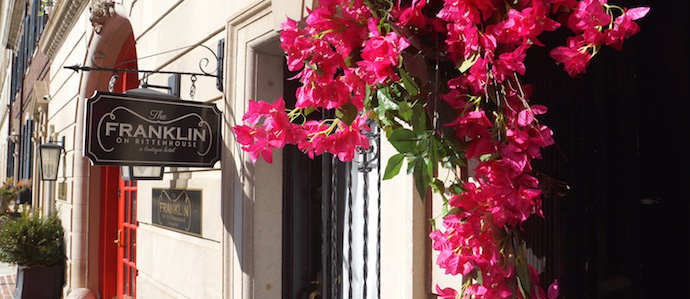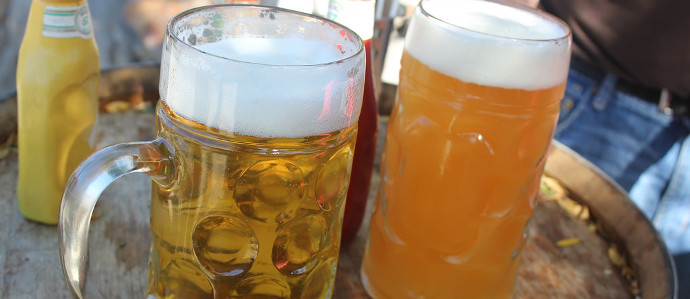Whiskey Wisdom: 4 Whiskey Myths Debunked
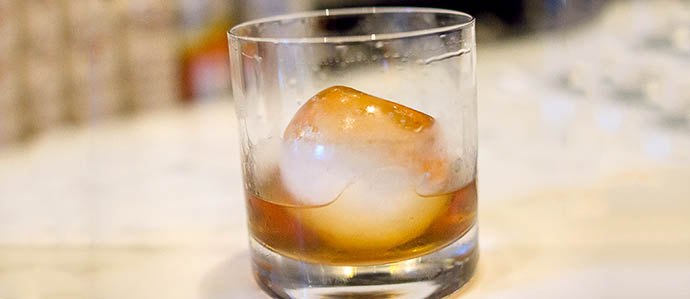
Do you know your whiskey from your whisky?
Fred Minnick, author of Whiskey Women: The Untold Story of How Women Saved Bourbon, Scotch, and Irish Whiskey, pours forth the facts about the legendary brown stuff.
Myth: Whiskey is spelled with or without the “e” for a reason.
Fact: The spelling rules are arbitrary, and don't necessarily signify whiskey’s country of origin.
Canadian and Scotch distillers generally use the “whisky” spelling, while American and Irish brands typically go with “whiskey,” according to Minnick. However, exceptions abound, including American brands like Maker's Mark and Balcones that use “whisky” in their names.
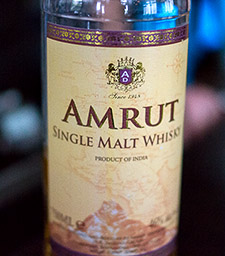 Myth: Whiskey has always been a spirit favored by men.
Myth: Whiskey has always been a spirit favored by men.
Fact: Women have been drinking –– and making whiskey –– for hundreds of years.
Women and their love of whiskey dates back at least 500 years to the time of Queen Elizabeth I, who legend has it enjoyed her liquor, and to more ordinary members of the fairer sex, who started their days with “a piece of meat and a dram,” Minnick says.
In the U.S., whiskey-making until the late 19th and early 20th century was considered women's work, along with churning butter, cooking, sewing and other domestic chores. But when whiskey production became industrialized, men took over their roles.
Myth: Bourbon must be made in Kentucky.
Fact: Bourbon can be produced anywhere in the U.S.
Bourbon, which is defined by federal authorities as “whisky produced in the U.S.,” became geographically protected in 1964 when Congress declared it “America's spirit,” according to Minnick. Before then, Mexican producers marketed a cheaper whiskey as bourbon. Cognac, scotch and champagne are three other examples of geographically-indicated alcoholic beverages.
Myth: Bourbon must be aged in an American oak barrel.
Fact: Bourbon can be made in any shape container with oak from any country, as long it's new, with no aging required.
According to the federal definition, bourbon cannot exceed 80 percent alcohol by volume, or 160 proof; must be produced from a “a fermented mash of not less than 51 percent corn, and stored at not more than 62.5% alcohol by volume (125 proof) in charred new oak containers.”
However, for bourbon to be considered “straight,” it must be aged at least two years, Minnick says. Further, any drink marketed as “Kentucky Straight Bourbon Whiskey” must be distilled in the Bluegrass State.
Photos by Danya Henninger











